Colonial Influences on Caribbean Cooking Techniques
11 min read Exploring how colonial history shaped Caribbean cooking methods and flavors, highlighting cultural exchanges and culinary evolution across the islands. September 24, 2025 12:05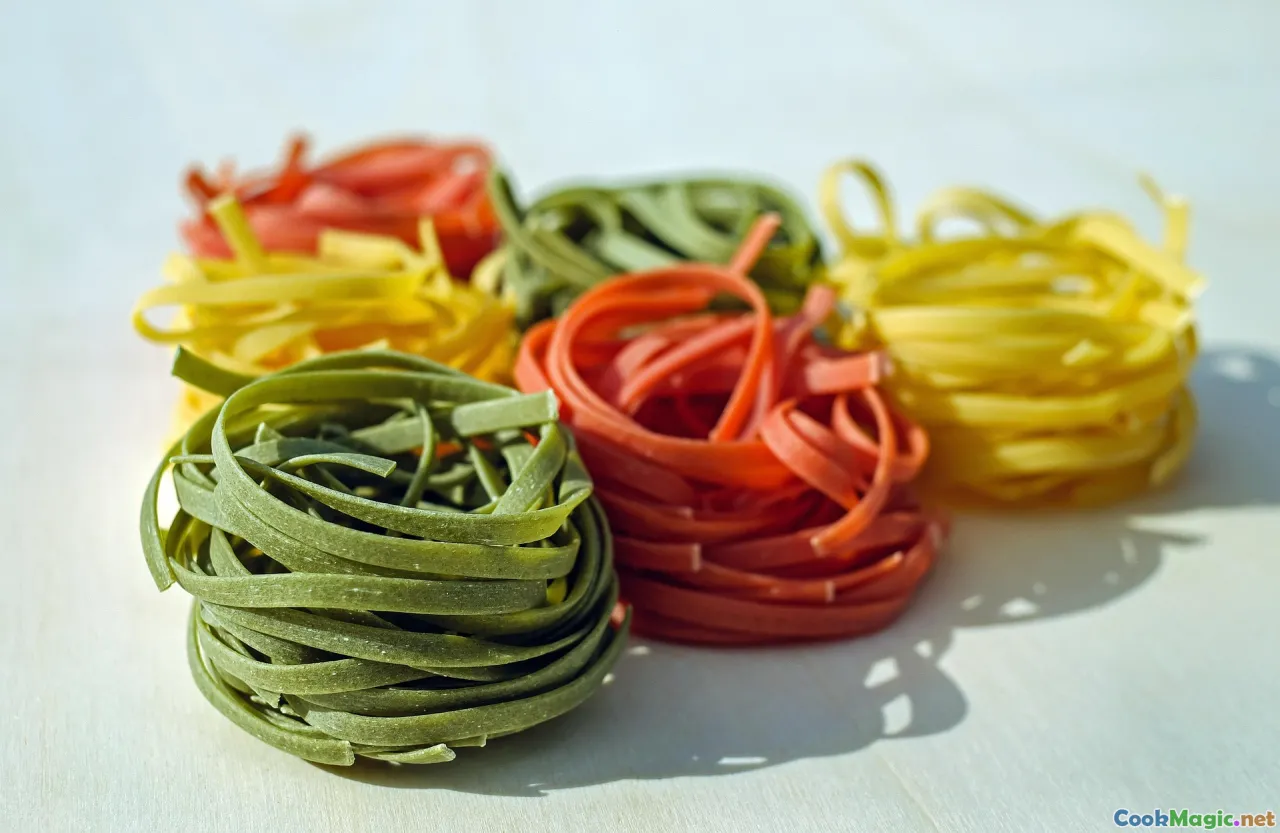
The Historical Tapestry of Caribbean Cooking: An Overview of Colonial Footprints
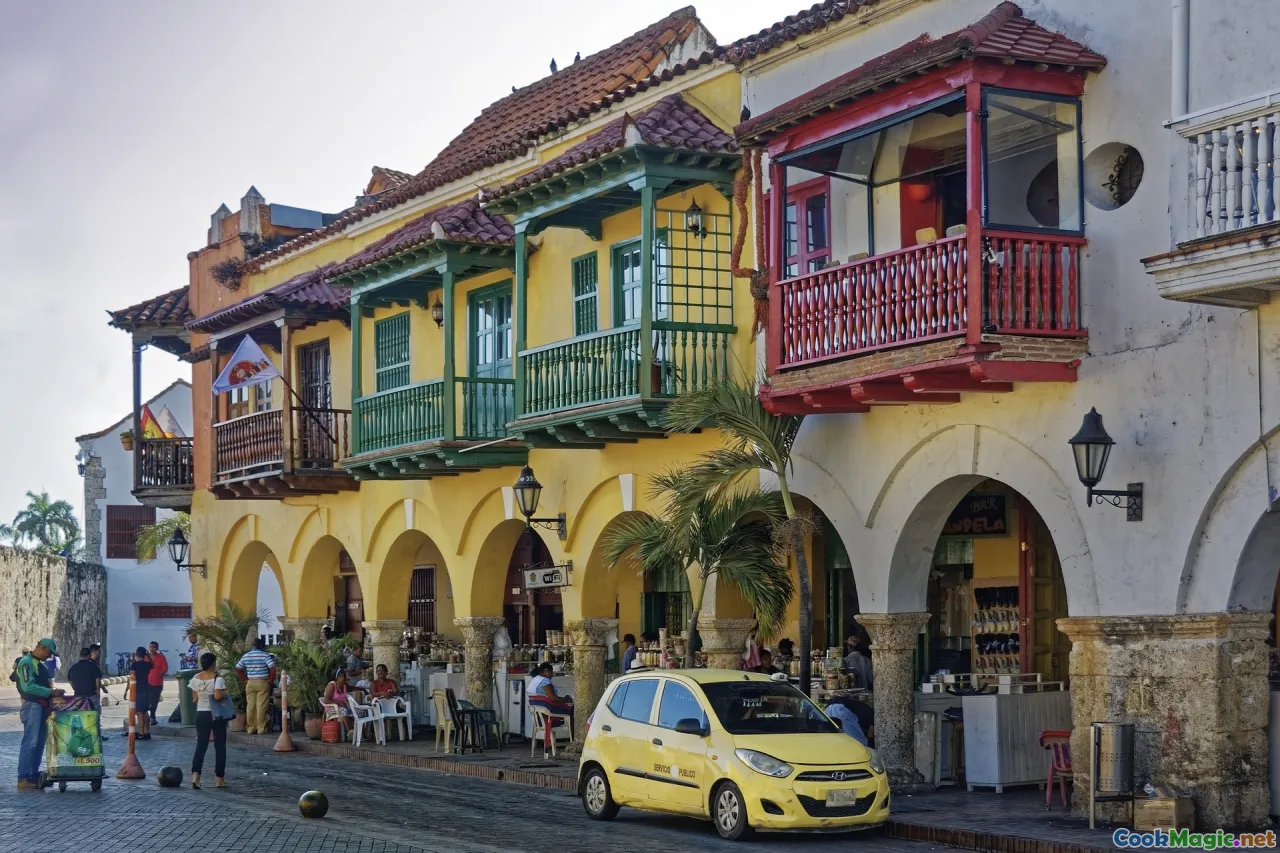
The Caribbean's culinary landscape is a vibrant mosaic, brimming with flavors, aromas, and textures that tell stories centuries in the making. While contemporary Caribbean cuisine is often celebrated for its fresh seafood, fiery peppers, and colorful presentations, its roots are deeply entwined with the complex tapestry of colonial history. These legacies—imposed, adapted, and ultimately woven into local traditions—have left an indelible mark on regional cooking techniques that persist today.
From the vast plantations of sugar, coffee, and spices to the bustling port cities that served as gateways to the Old World, colonial influences introduced technologies, ingredients, and culinary paradigms that shaped the Caribbean's signature dishes and cooking methods. This long history of cultural exchange and adaptation is a testament to resilience and innovation, reflecting a rich identity formed from contrasts.
Colonial Agricultural Exchanges: A Bounty of Ingredients and Techniques

Colonial powers such as Spain, France, Britain, and the Netherlands brought with them a range of crops that would revolutionize local agriculture. Sugarcane, introduced through Spanish and Portuguese expeditions, became the backbone of Caribbean economies—transforming farming techniques and culinary foundations.
The labor-intensive process of harvesting and refining sugarcane demanded specific techniques, from crushing the stalks using traditional millstones to boiling the juice into molasses and crystallized sugar. These methods, learned and perfected through European innovations, are still reflected in the sweet treats of the region.
Similarly, coffee—initially cultivated for European markets—found a fertile ground in Caribbean mountain regions such as Jamaica’s Blue Mountains and Haiti’s highlands. The terracing techniques and meticulous hand-picking methods inherited from colonial influences are integral to producing the world-famous, robust brews.
Indigenous crops such as yams, cassava, and taro—though originally native—were integrated into colonial diets and cooking practices. Colonial figures like the Spanish, who brought livestock such as pigs and cattle, introduced new protein sources, leading to rich stews and flavorful roasted meats that remain staples.
Adapting and Transforming: Colonial Cooking Methods with a Caribbean Twist
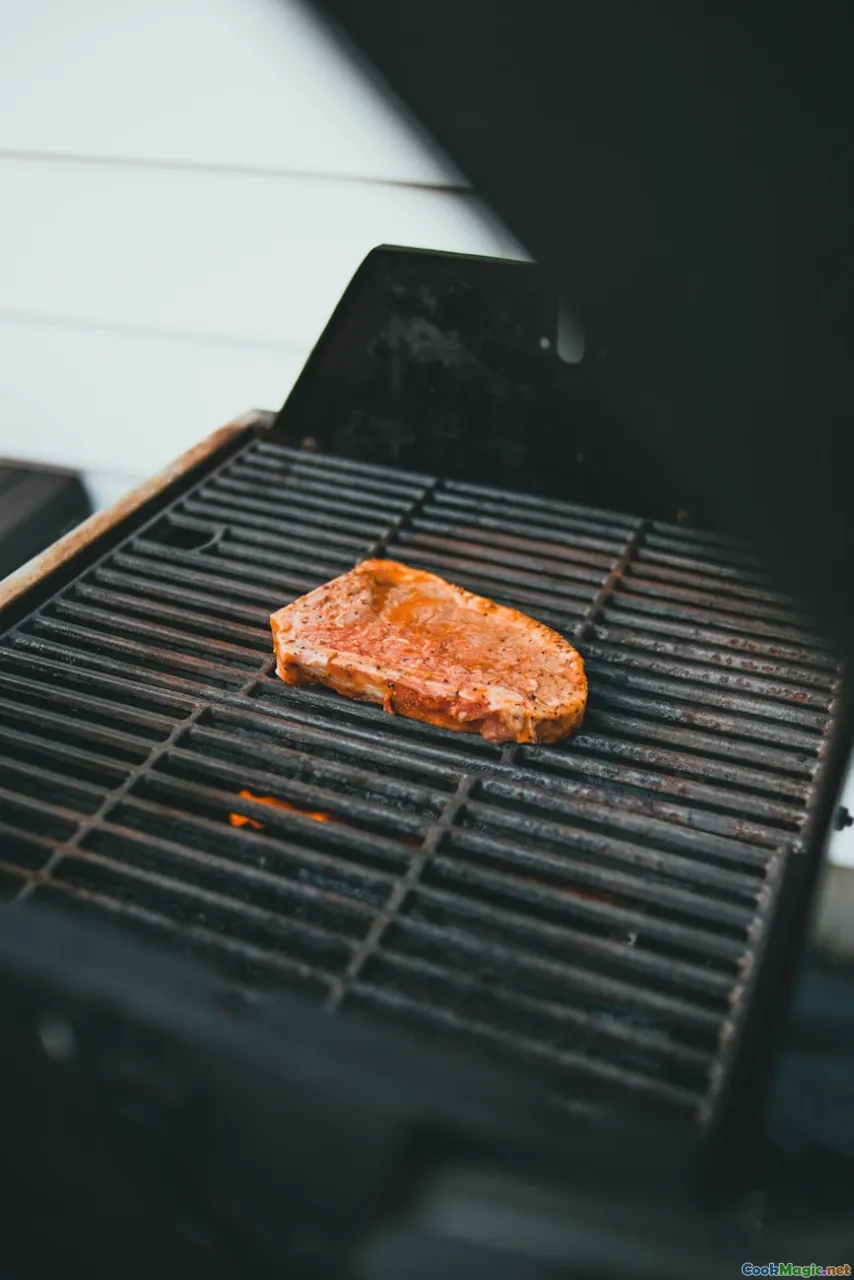
Colonial culinary techniques—boiling, roasting, frying, and baking—were not merely transplanted but were adapted to local ingredients and climate conditions. For example, the Dutch, French, and British colonial cooks brought their baking traditions, creating a unique Caribbean bread culture.
In Jamaica, the art of 'jerk'—a slow-smoking and marinating process—evolved from African techniques but was heavily influenced by European spices and preservation methods. The jerk marinade typically includes allspice, Scotch bonnet peppers, thyme, and garlic, laid over meats like pork or chicken, then smoked over pimento wood—a method learned through Caribbean ingenuity but shaped by European spice trade access.
In the French Caribbean, notably Martinique and Guadeloupe, the use of 'doucenne' (wood-fired pits) for roasting meats and vegetables owes its origins to colonial grilling traditions, now infused with local herbs, citrus, and island-based seasoning blends.
Culinary Fusion: A Symbiosis of Cultures in Classic Dishes
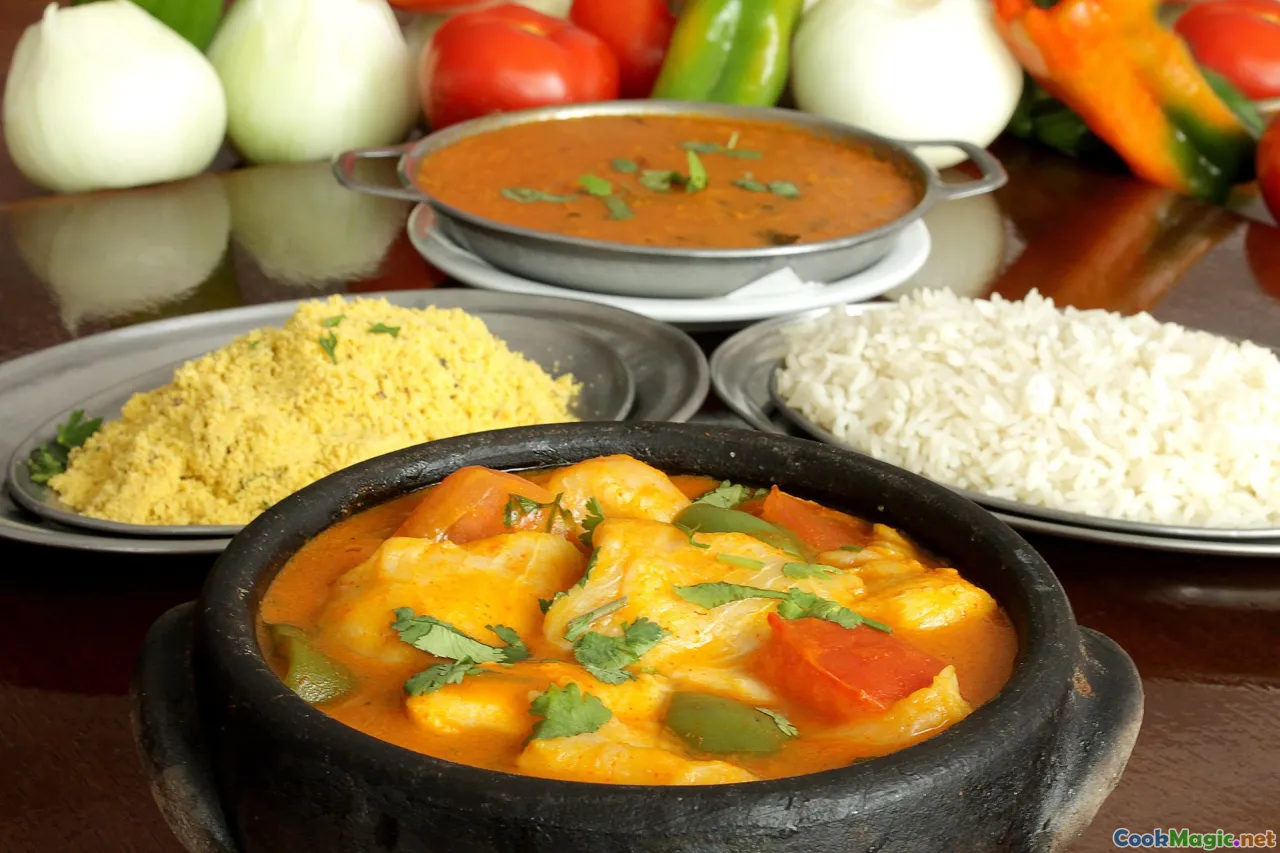
Many signature Caribbean dishes are testament to the fusion of indigenous, African, European, and Asian influences. This culinary melange was partly born from necessity—adapting available ingredients—and partly from exchange, with each culture leaving its mark.
For instance, Jamaica’s Ackee and Saltfish marries West African preservation methods with Caribbean ingredients. The salted cod is soaked and flaked, then sautéed with boiled ackee, garlic, onions, and Scotch bonnet peppers—creating a dish that combines European preservation and local tropic flavors.
In Louisiana, the Creole gumboexemplifies colonial influence—rooted in French, African, and Native American techniques, utilizing roux (a European technique), fresh seafood, and local vegetables, seasoned with cayenne, thyme, and bay leaves.Roti, popular across Trinidad, Guyana, and Suriname, showcases Indian s perspectives blended with Anglo-Caribbean influences—using metal griddles introduced by colonizers, filled with curried meats, vegetables, and local spices.
Traditional Cooking Tools and Techniques: Legacy of Colonial Infrastructure
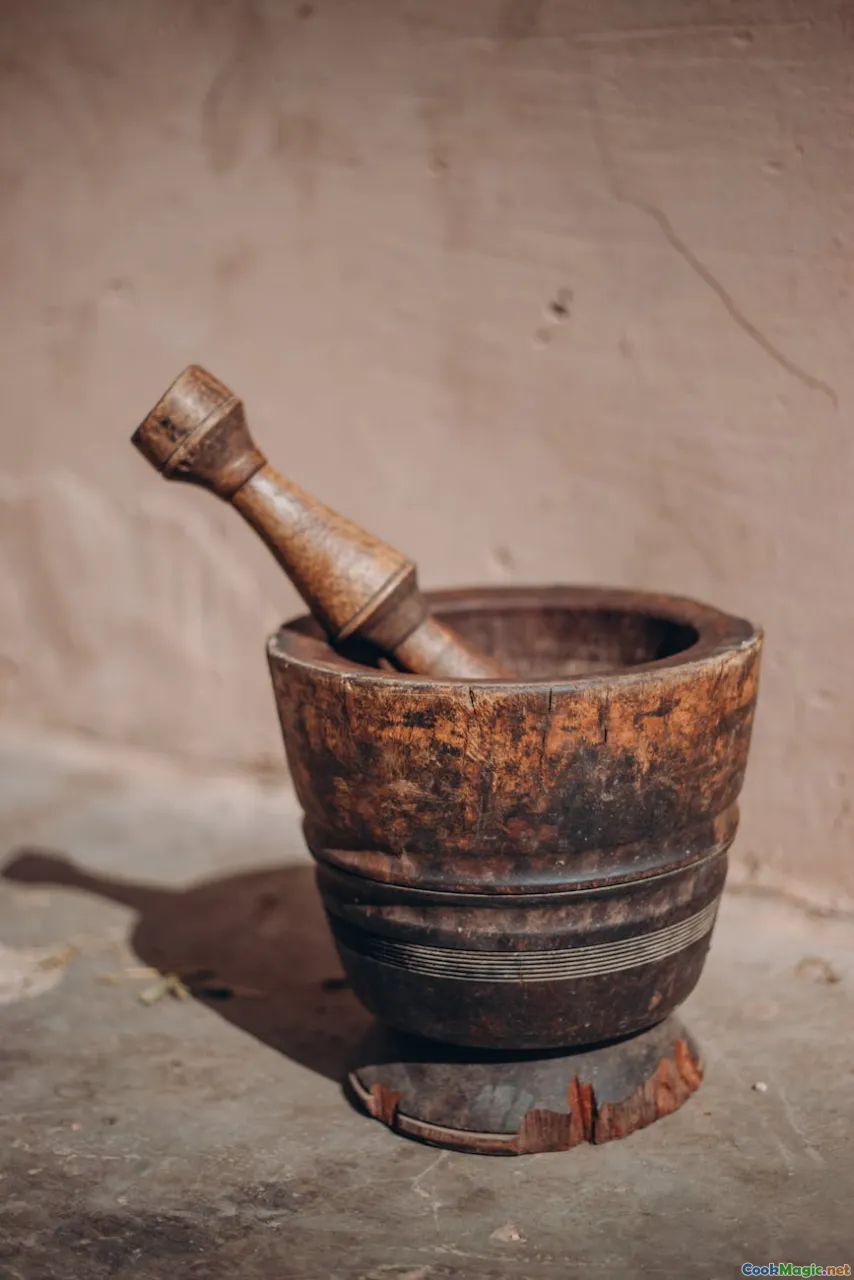
Colonial architecture and infrastructure left behind durable culinary tools whose influence persists. Stone-lined brick ovens, first introduced for baking bread by European settlers, continue to be the heart of many rural Caribbean kitchens.
Cast iron cookware, another import, became indispensable due to its durable nature and ability to distribute heat evenly, perfect for stews, frying spices, and roasting roots. In regions with limited resources, local adaptations like open flame cooking over pimento wood or charcoal further define Caribbean flavors.
The use of mortars and pestles for grinding spices—such as allspice and dried herbs—originates from colonial spice trade routes and remains a fundamental step in creating seasoning blends like curry powderorpepperpot.
The Emotional Connection: Colonial Techniques as Cultural Identity

Beyond techniques and ingredients, colonial influence fostered a sense of shared culinary identity in the Caribbean. Passed down through generations, recipes and methods evoke historical narratives—moments of resilience, adaptation, and celebration.
In festivals like Jamaica’s Jerk Festivalor Antigua'sCarnival foods, communal cooking methods—using pits, open fires, or underground ovens—serve as cultural expressions that honor colonial legacies while asserting local identity.
Personal stories abound: a Haitian grandmother meticulously marinating pork for Griot, or a Trinidadian aunt preparing Bake and Saltfish with a secret spice twist—these traditions carry memories of colonial encounters and survival, woven into daily life.
Preserving and Evolving: The Future of Colonial Influences in Caribbean Cuisine
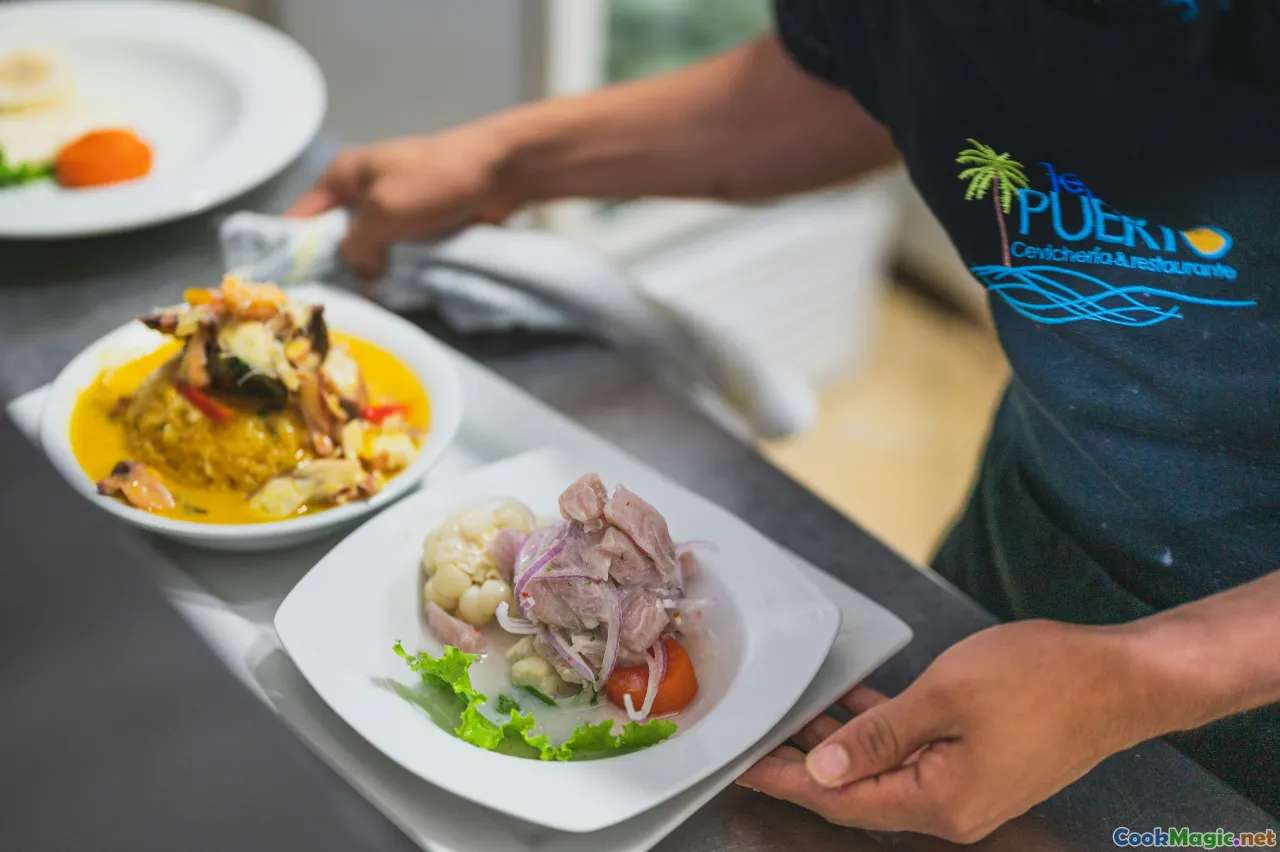
Today, Caribbean chefs and home cooks are reimagining colonial-influenced techniques for a new generation. International culinary establishments celebrate these methods in fine dining, elevating traditional dishes with modern plating, local organic ingredients, and innovative fusion concepts.
In culinary schools across the Caribbean, students learn to honor colonial techniques—slow-smoking, marinating, baking—while infusing flavors from contemporary island life. This ongoing dialogue ensures a vibrant future where history informs innovation.
The growing emphasis on sustainable, locally-sourced foods sees traditional methods like smoking and fermenting revive with a fresh perspective—ensuring that these techniques remain vital, authentic, and respectful of their historical roots.
Closing Reflections: A Flavorful Legacy
The influence of colonial powers on Caribbean cooking techniques is as diverse and layered as the islands themselves. Rooted in history yet constantly evolving, these methods have given Caribbean cuisine its distinctive character—a lively interplay between resilience and creativity.
Every spice-laden marinade, smoky barbecue, or slow-simmered stew echoes a centuries-old dialogue of cultures, histories, and hearts. By exploring these techniques, culinary enthusiasts gain a deeper appreciation for the stories cooked into every bite—a testament to the unbreakable spirit and rich heritage of the Caribbean.









